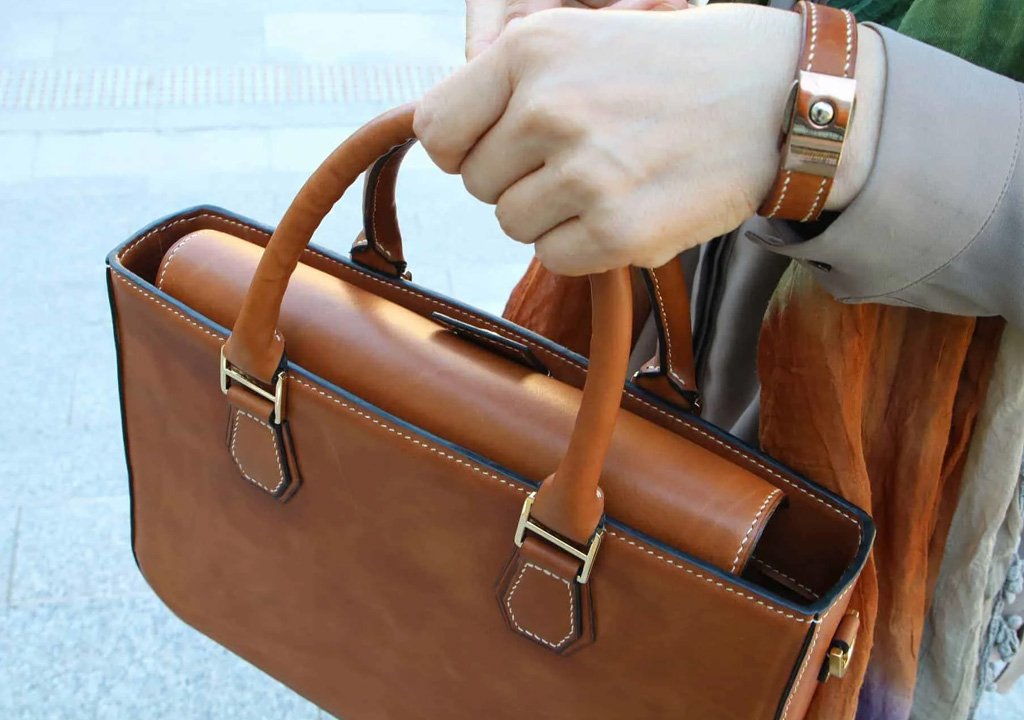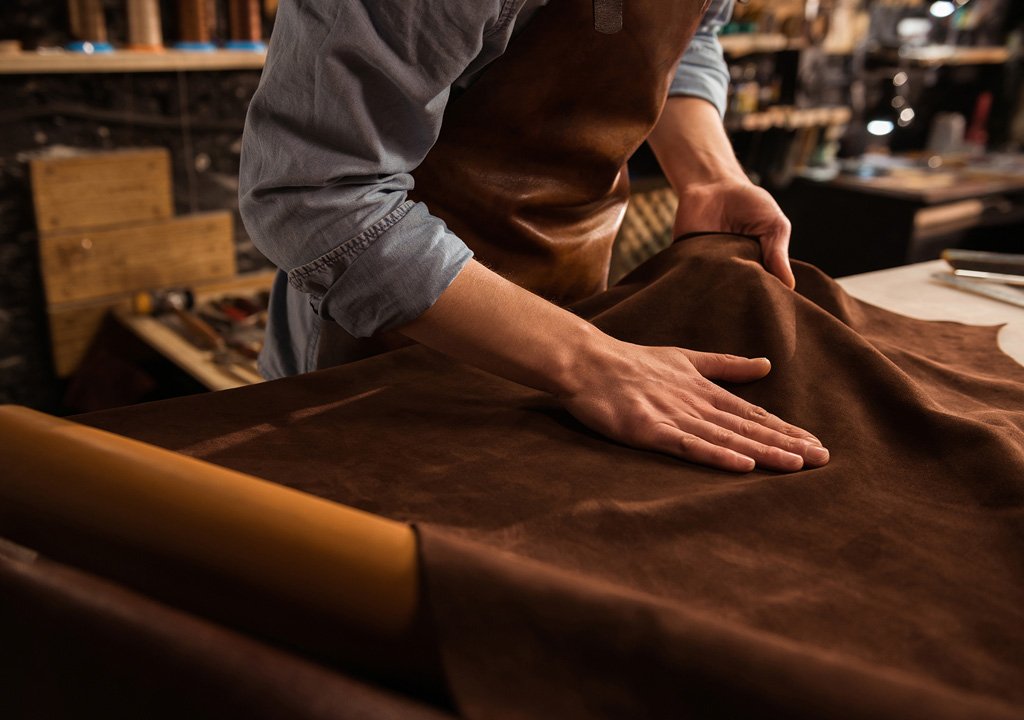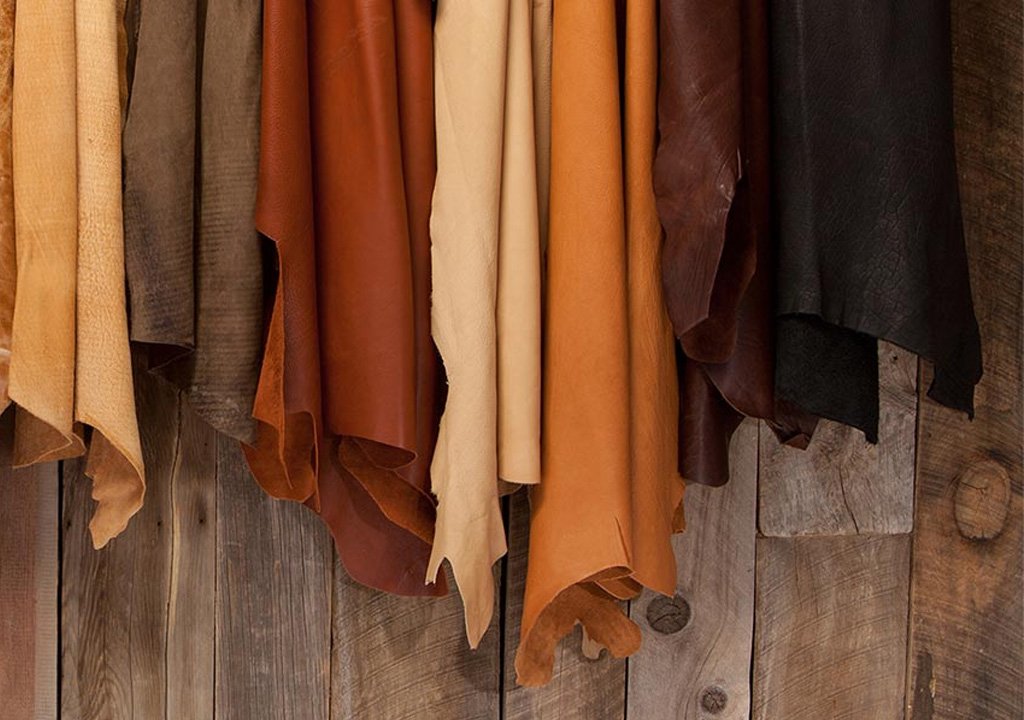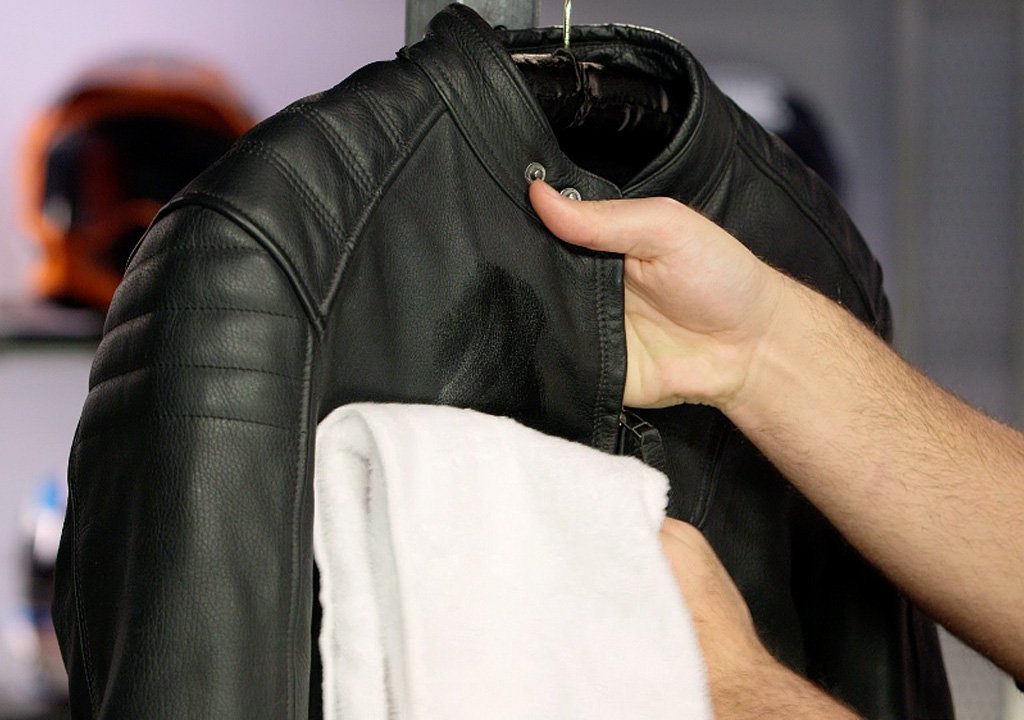The Benefits of Vegetable Tanned Leather

Vegetable Tanning
Vegetable tanning involves using natural extracts like bark, leaves, fruit, and roots containing phenol for tanning leather. It’s a longer process than chrome tanning but is environmentally friendlier. The process includes prepping hides, tanning with tannins, and finishing with oils and dyes. The Benefits of Vegetable Tanned Leather is safer for workers and less harmful to the environment compared to chrome tanning, which uses chromium and generates harmful waste.
History of Vegetable Tanned Leather
Vegetable tanning is the oldest and most refined tanning method, with a history of over 5000 years. Evidence of its use dates back to ancient Egypt through ornaments found on stone coffins. Different regions used locally available materials for tanning, such as chestnut in Europe and oak in the UK.
Is Leather Sustainable?
Mass production of leather can have significant environmental impacts, but more sustainable options exist. Using by-products of meat and dairy farming, producing on demand, and avoiding harsh chemicals in tanning reduce environmental impact. Vegetable tanned leather is considered highly sustainable due to its natural, non-synthetic nature. Water usage and the impact of the meat and dairy industry are concerns, but converting hides into leather reduces waste. Vogue supports clean water initiatives and addresses waste reduction by using leather for products like bags and jackets.
The primary environmental impact of vegan leather stems from the use of synthetic materials, such as PVC, derived from fossil fuels like petroleum. These materials contribute to the negative environmental effects of fast fashion. Water waste and toxic dyes are additional concerns in the faux leather industry. While efforts are being made to create more eco-friendly alternatives using materials like cork or pineapple leaves, these still rely on plastic-based adhesives and may not match the quality and durability of genuine leather.
Real Leather vs Vegan Leather
As climate change concerns rise, people are increasingly prioritizing sustainability in their choices. Fashion brands are responding by offering sustainable lines, and there’s a growing demand for items like sustainable leather bags. However, the term “vegan leather” can be misleading, as it suggests an environmentally friendly option. In reality, faux leather is often made from synthetic materials like PVC and PU, which do not biodegrade and can contribute to landfill waste.
Absolutely, taking good care of your items and using them for an extended period can significantly reduce the environmental impact. Additionally, there are growing options for reusing and recycling products, although the overall carbon footprint reduction may be limited. Some argue that supporting smaller businesses that practice sustainable manufacturing of real leather, such as vegetable tanning over chrome, could be a more environmentally responsible choice compared to purchasing faux leather products from major retailers.
You’re absolutely right. Real leather is often more durable than synthetic options used in fast fashion. Many synthetic clothing items are designed to be disposable and lack the longevity of quality materials. The ease and low cost of replacing them can lead to increased waste. Faux leather products that need frequent replacement over the lifetime of a real leather item can have a higher environmental and financial cost in the long run. Properly cared for, real leather items can last for a much longer time, reducing the overall impact on the environment.
Absolutely, real leather has a distinctive advantage in terms of developing a natural and unique patina over time, especially with full grain and vegetable tanned leathers. The aging process enhances the appearance and character of the leather, giving it a vintage and timeless look. Vegan alternatives are often unable to replicate the same aging and patina, making real leather a preferred choice for those who appreciate the natural evolution of their leather products.
The Benefits of Vegetable Tanned Leather
Indeed, vegetable tanned leather offers several significant benefits:
- Eco-friendliness: Vegetable tanning is more environmentally friendly compared to synthetic faux leather and chrome tanned leather due to the use of natural tannins and fewer harmful chemicals.
- Traditional Process: The technique of vegetable tanning has been used for centuries, showcasing its reliability and time-tested effectiveness.
- Safety: The traditional process is safer for tannery workers and the environment, as it avoids the use of harmful chemicals like chromium.
- Natural Aging: Vegetable tanned leather develops a unique and attractive patina over time, enhancing its appearance and character as it ages.
These factors make vegetable tanned leather a sustainable and appealing choice for those looking for high-quality and environmentally conscious leather products.












